U of Michigan consumer sentiment rose to 100.8 in September, up from 96.2 and beat expectation of 96.9. That’s the second highest level since 2004.
Surveys of Consumers chief economist, Richard Curtin: Consumer sentiment posted a robust rise in early September, reaching 100.8, the second highest level since 2004-only behind the March 2018 reading of 101.4. Importantly, the gains were widespread across all major socioeconomic subgroups. The Expectations Index reached its highest level since July 2004, largely due to more favorable prospects for jobs and income. Despite a lessening of expected gains in nominal incomes in September, inflation expectations also declined, acting to offset concerns about declining living standards. Consumers anticipated continued growth in the economy that would produce more jobs and an even lower unemployment rate during the year ahead. While consumers were somewhat more likely to anticipate that the economic expansion would continue uninterrupted over the next five years, nearly as many expected another downturn sometime in the next five years. The largest problem cited on the economic horizon involved the anticipated negative impact from tariffs. Concerns about the negative impact of tariffs on the domestic economy were spontaneously mentioned by nearly one-third of all consumers in the past three months, up from one-in-five in the prior four months.




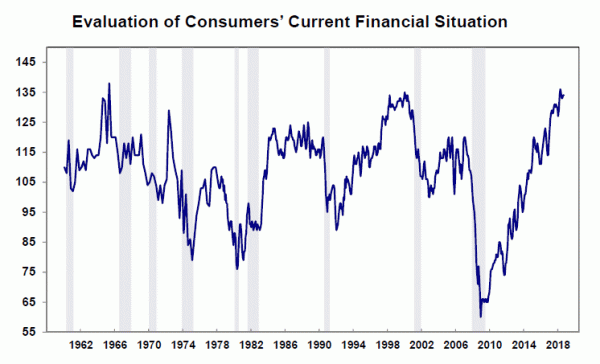
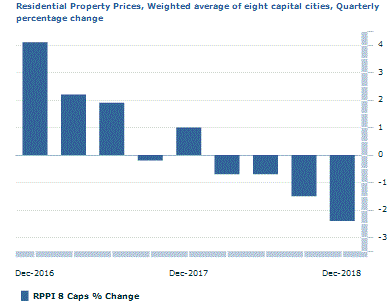
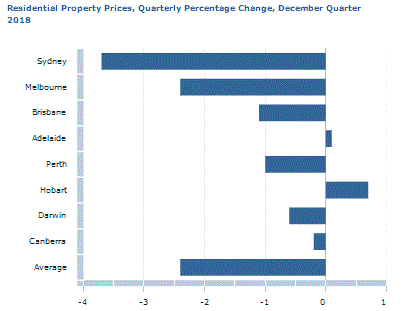
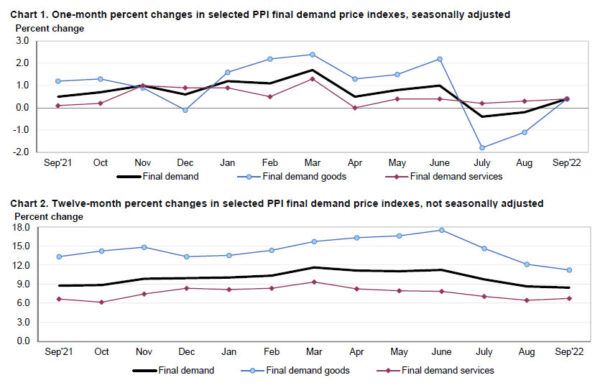
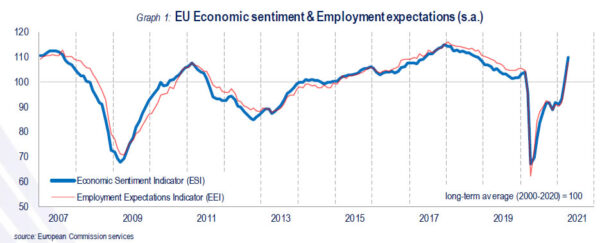
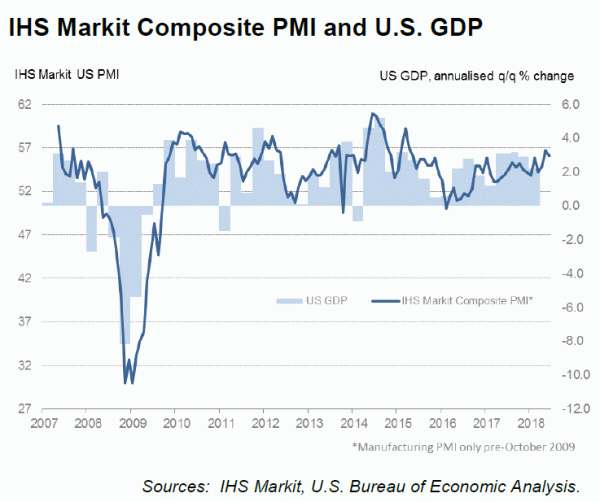
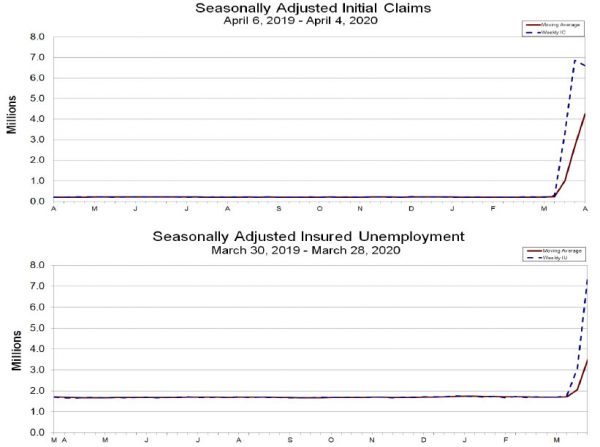
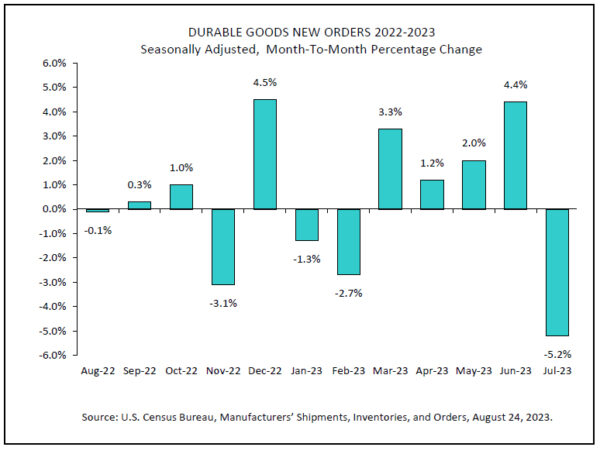

US NFP grew 253k, unemployment rate down to 3.4%, avg hour earnings up 0.5% mom
US non-farm payroll employment grew 253k in April, well above expectation of 181k. However, prior month’s growth figure was revised sharply down from 236k to 165k. That compared to the average monthly growth of 290k over the prior 6 months.
Unemployment rate dropped from 3.5% to 3.4%, below expectation of staying unchanged at 3.5%. Overall, unemployment rate has ranged from 3.4% to 3.7% since March 2022. Labor force participation rate was unchanged at 62.6%. Employment-population ratio was also unchanged at 60.4%.
Average hourly earnings grew strongly by 0.5% mom, above expectation of 0.3% mom. Over the past 12 months, average hourly earnings have increased by 4.4%.
Full US non-farm payroll release here.